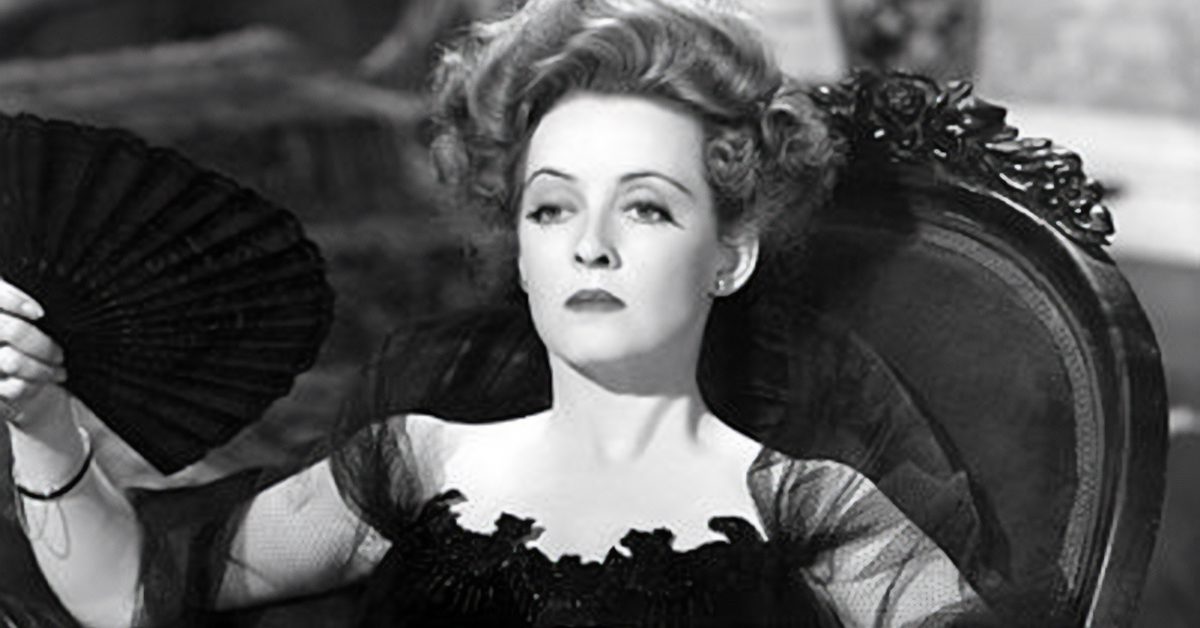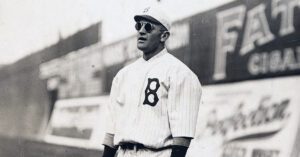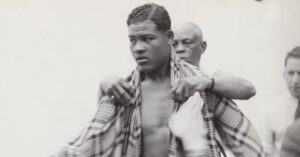Inspired by the biblical reference to “the little foxes which spoil the vines, for our vines have tender grapes,” Lillian Hellman wrote a play about greed and treachery. She called it The Little Foxes. It proved to be a sensation on Broadway in 1939.
Though not as famous as others, William Wyler was, and still is, Hollywood’s most acclaimed director. His pictures have won more Oscars, in all categories, than any other director in the history of movies. It’s no contest.
Wyler had recently made The Letter (1940) with the urbane Herbert Marshall (who lost a leg in World War I), and with Bette Davis. Which proved to be a problem, because they had ended their affair. Also because while Wyler was under contract to the Samuel Goldwyn lot, Davis was at Warner Bros. And since she was then their biggest star, the studio never loaned her. Luckily, it developed that Warners wanted Goldwyn’s Gary Cooper for SERGEANT YORK (1941). A one picture trade of services was arranged: Gary Cooper for Bette Davis. After which Warner Bros. never again loaned Bette Davis until she left the studio in 1949.
Although Bette Davis was essential on this project, The Little Foxes was not a star vehicle but an ensemble piece. Five other actors reprised their roles from the stage show.
Cameras first rolled on April 28, 1941. Bette Davis presented the biggest headache for William Wyler. She and the director differed violently on how to portray the deadly charm of her character, the viperous “Regina.”
Tallulah Bankhead had created the role on stage. Wyler asked Davis to see the play so she would know exactly what he did not want in the character. Davis’s interpretation proved the law of unintended consequences. Before the camera, Davis went for the same one-note interpretation as Bankhead. Davis saw Regina as a heartless, greedy bitch. No other way to put it. That, and nothing more. Wyler’s vision sought a more complex character, capable of humor and sex appeal. Neither would compromise. Their fighting was vicious.
Two weeks after shooting began, Davis left the set. Hellman wrote Davis on Wyler’s behalf, declaring that fellow lesbian Tallulah Bankhead’s version of the part was “vulgar … cheap … a complete misinterpretation.”
After three more weeks, Davis returned, but continued with her own venomous interpretation of the role. It was still etched in acid, defying both the author and the director. Wyler tried hard to break Davis by ordering scores of takes on each scene. Over and over, it was “Do it again.” Davis, tough as nails, did not flinch. No doubt she used the tension to fuel her performance.
Goldwyn tried to mediate. He reminded Davis that Wyler had directed her best performance in The Letter. He told Wyler that “She must know what she’s doing, because she’s made a damned fine career out of playing these monstrous bitches.”
No accord was reached. Working on The Little Foxes set remained a hellish ordeal for the duration. Yet it turned out to be a great film, a four-star classic not to be missed.
The heavy, masklike makeup Davis chose, according to Wyler, was because the actress believed she was too young, at age 33, to play a 41 year-old Gibson-era woman with a 17 year-old daughter. Davis did not want anyone to confuse her with the part she was playing. That was vanity, Wyler believed.
Filming ended July 3, 1941, surprisingly only nine days behind schedule. The studio always budgeted 30 to 60 takes for every important scene in any Wyler film. The negative cost added up to nearly one million dollars, including $385,000 for the services of Bette Davis.
Although it was one of the few Wyler pictures to earn no Oscars, The Little Foxes was nominated for nine of them. They included best picture, director, screenplay, supporting actress (two of them), editing, art direction, musical score, and best actress — Bette Davis, of course.




